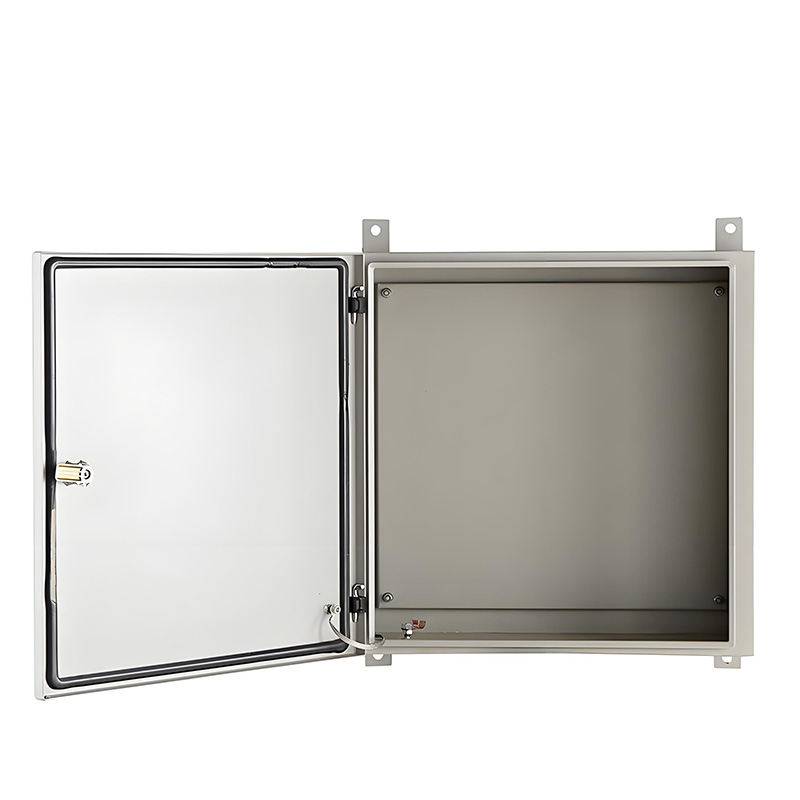
Ever wonder why some manufacturers consistently deliver precision custom sheet metal enclosures faster and cheaper? The secret lies in optimized design solutions most engineers never discover. This guide reveals proven strategies transforming fabrication challenges into competitive advantages.
Standard approaches create four major pain points. First, material waste averages 15-30% due to inefficient nesting patterns. Second, legacy CAD systems generate tolerance errors requiring expensive rework. Third, poor DFM (Design for Manufacturability) stretches lead times to 8+ weeks. Finally, surface treatment limitations reduce environmental durability.
A medical device startup lost $28,000 when their aluminum enclosure failed salt spray testing. Why? They’d overlooked material compatibility during plating specification. The fix? Implementing multi-physics simulation before prototyping – saving 92% in failure costs on subsequent projects.
Advanced algorithms remove non-critical material while maintaining structural integrity. We team used this in a 2025 aerospace project, reducing a satellite enclosure’s weight by 40% without compromising RF shielding. Material costs dropped 22% – about $17,500 saved per 100 units.
Key steps: 1) Define load paths 2) Set preservation zones 3) Simulate stress distribution 4) Generate lattice structures 5) Validate manufacturability.
Combining aluminum framing with stainless steel panels cuts costs 15-30% versus monolithic construction. Example: A robotics enclosure used aluminum corners (bend tolerance ±0.5°) with stainless steel EMI panels (0.8mm thickness). Bonus: Powder coating adhesion improved 70% on aluminum sections.
Material Comparison:
| Component | Aluminum | Stainless Steel |
|---|---|---|
| Corner Brackets | Better formability | Over-engineered |
| EMI Shielding | Ineffective | Superior performance |
| Cost Impact | $2.85/kg | $6.20/kg |
Eliminating welded brackets reduces labor by 3.2 hours per enclosure. Self-clinching PEM® nuts installed during punching create threaded inserts in 0.6 seconds vs 45 seconds for welded alternatives. Surprisingly, snap-fit designs withstand vibration better than some bolted assemblies when properly implemented.
2024 industry reports show optimized nesting reduces material waste by 30% :cite[1]. Modern systems automatically rotate parts to maximize sheet utilization. One manufacturer cut 4,500 sq ft of annual stainless steel waste – saving $67,000/year. Setup times dropped 80% using cloud-based nesting algorithms.
Not all powder coatings perform equally. For coastal applications, zinc-nickel electroplating with epoxy topcoat provides 2,000+ hour salt spray resistance. Contrast this with standard zinc plating failing at 96 hours. Anodizing thickness matters too: 25μm Type III aluminum anodizing survives 10+ years in industrial environments.
1. Tolerance Overkill: ±0.05mm specifications on non-critical dimensions increase costs 200%
2. Ignoring Grain Direction: Causes cracking in 90° bends on hard temper aluminum
3. Flat Pack Errors: Forgetting kerf compensation in laser-cut tab designs creates loose assemblies
Follow this 5-step process:
Step 1: Define environmental requirements (IP rating, chemical exposure, thermal cycling)
Step 2: Select core materials using manufacturability matrices
Step 3: Run virtual DFM analysis with your fabricator’s capabilities
Step 4: Prototype with multiple surface treatments (anodizing, powder coat, plating)
Step 5: Implement automated nesting before full production
The average lead time for custom sheet metal enclosures is 6-8 weeks, but specialized providers using these methods deliver in ≤4 weeks :cite[3]:cite[8].
☐ Validated IP rating testing protocol
☐ Material certs (RoHS, REACH, ASTM)
☐ Grain direction marked on flat pattern
☐ Self-clinching fastener load calculations
☐ Confirmed bend radius vs material thickness
☐ Finish system compatibility verification
☐ Packaging validation for transit damage prevention
A: For 304 stainless, 0.8mm is typical minimum. Laser cutting allows finer features than punching. Remember, thinner gauges require specialized welding to prevent warping.
A: Absolutely! We’ve certified IP66 enclosures using labyrinth seals and compression gaskets. The trick is strategic overmolding on critical paths.
A: Provide 3D CAD (STEP) + 2D drawings (PDF/DWG) with critical dimensions. Avoid “flat pattern only” files – they increase quoting time 400% :cite[5]:cite[8].
For engineers seeking cutting-edge capabilities, explore specialized manufacturers like Weiting’s custom sheet metal enclosures. Their integrated approach combines laser cutting, CNC bending, and robotic welding for complex geometries at production scale.
Implementing even 2-3 of these solutions typically reduces total project costs 18-35% while improving performance. Your optimized custom sheet metal enclosures become competitive advantages – not just protective boxes.